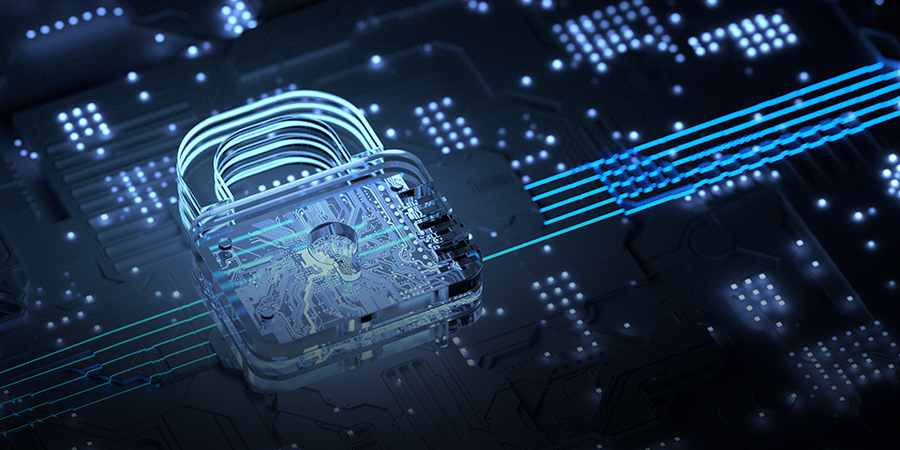In various parts of the world, a global campaign on safer internet day aims to promote being “together for a better internet”. Everyone is encouraged to join the movement and participate in shaping and adapting platforms, services, and content for a safer and better internet.
Anyone connected to the internet can be susceptible to cybersecurity concerns, especially if certain precautionary measures are not followed. New cyber threats are constantly evolving especially in the modern era where almost everything is based on digital. Identity theft, cyberbullying, hackers, phishing, scams, malware, and click baits are all over the internet.
Thus, individual users and most importantly, organizations, must practice securing accounts, protecting web browsing, using antivirus software, updating devices, and enabling encryption. With these in mind, data privacy and backups are also vital elements needed to be considered and prioritized to keep a safe and ready digital experience.
Keeping your data private
You have probably witnessed being targeted by random advertisements online, either on social media networks, in-game, shopping, or just while browsing. This is proof of how our data is being utilized online. Data privacy, also known as information privacy, is an umbrella term that encompasses online, financial, and medical privacy. This type of data security is aimed at properly controlling the details you reveal about yourself online and who can access them (e.g. consent, notice, and regulatory obligations).
Literally called the ‘world wide web,’ we are technically trapped in a system where everything we do is logged and monitored. No data is really kept private or confidential anymore.
With a hacker estimated to attack every 39 seconds worldwide, data privacy is an alarming issue that needs to be taken seriously as it can put financial, browsing, and personal data at an increased risk. Many people assume that going incognito or using virtual private networks ensures full data privacy but we should be aware of how much information we are actually sharing online.
Ultimately, security and privacy are linked, so we need to get in the habit of protecting both. Thus, it is a must to establish good online behaviors such as avoiding clicking any suspicious links/banners/items online; having a strong password with multi-factor authentication; keeping your main email, address, and phone number out of public view; preventing linking accounts to avail services; and being distrustful to any ‘good-to-be-true’ offers as well as new products or tools.
Avoiding many privacy-invading practices such as unnecessary permissions and online forms bring up the importance of managing and securing data. In today’s world, the value of data as a strategic asset and powerful source of economic value powers technologies like artificial intelligence, data analytics, and big data. As part of keeping your private data, data misuse or mismanagement can be avoided. Telcos and other ICT players are going big for ‘data protection by design’ and ‘by default’ principles to deliver privacy-enhancing and accountability measures.
According to Gartner, by 2023, 65% of the world’s personal data will be covered under modern privacy regulations. This is inevitable as the volume of digital data generated nowadays, thanks to disruptive Industry 4.0 technologies, is massive that a single data breach can cause extensive damage.
Qatar and Saudi Arabia are among the Arab countries that will put into effect data protection regulations in 2022 that will make significant changes to how data is collected, stored, and processed.
Backing up your data
Do not be among the 30% of the people who haven’t backed up their devices. Think of a data backup as the bedrock of your digital disaster recovery plan wherein you can already be one step ahead of any cyber threats that might result in data loss.
In choosing a data backup solution, individuals can learn how businesses develop their own data backup strategies and do this by considering the recovery point objectives (RPO) or the amount of time in between data backups and recovery time objectives (RTO) or the amount of time it takes to restore data.
There is no one-size-fits-all approach to data backup but you must opt for a solution that suits your needs. This can differ in setup mode, cost, storage space, and ease of access. Common means of data backup are removable media like USB flash drives, hard drives, and the cloud.
An easy way to remind yourself to backup is the 3-2-1 principle where you create three copies of your data on at least two separate storage solutions, with one of them being stored in a remote location. This strategy can help you get through any hardware or software failure, data corruption, or malicious attack.
Bear in mind to store the copies of important data on a separate medium to protect against primary data loss. For best results, it is essential to make backup copies on a consistent, regular basis to minimize the amount of data lost between backups. Remember that the longer you haven’t made a backup, the more susceptible you are to fail in retrieving data.
If you have more digital data, get more backup storage to keep your files secure at all times. It is better to prepare for unexpected breaches or errors than to be regretful in being too late. Always be a mindful internet user to remain safe online. Limit the amount of data you share online and have a reliable data backup of files that you wish to access in the future.










